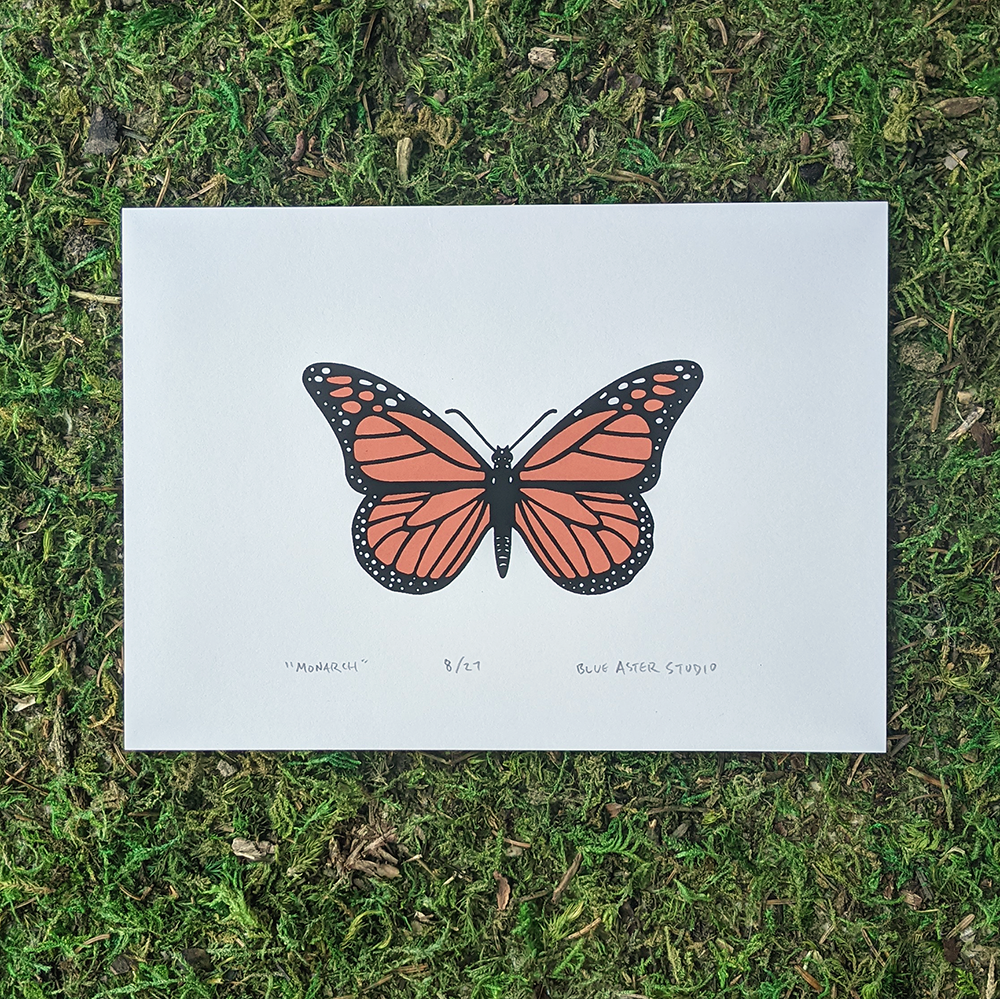There have been a lot of news stories about how monarch butterfly populations are in decline from what they were just a decade ago. While this is devastating news, it has brought a lot of attention to the plight that insects, including our beloved pollinators, are facing. We love the little critters that flutter and buzz through our garden every year. Nurturing their habitat by planting a diversity of native plants has been very rewarding, but we felt the urge to do even more.
Since 2020, we have been partnering with the Monarch Joint Venture, pledging to donate a portion of all sales of monarch products to their efforts to restore pollinator habitat. To give you a little information about what this amazing organization does and how you can help monarchs, they have been gracious enough to answer some questions for us.

What is the Monarch Joint Venture and what do they do to help monarch butterflies?
The Monarch Joint Venture (MJV) is a nonprofit organization coordinating a network of over 100 partners across the U.S. in a unified effort to conserve monarch butterflies and their habitats. This diverse partnership ranges from government agencies to NGOs, businesses, and academic institutions that work together to implement science-based conservation actions. The four pillars of Monarch Joint Venture’s work are habitat, education, research, and partnerships.
As a leader in monarch conservation, the MJV supports conservation planning and implementation efforts on a broad scale by facilitating information sharing, partnership building, and carrying out identified conservation priorities. To reach our nation’s ambitious monarch and habitat targets, commitment from a diverse set of stakeholders is required. The MJV works to recruit, educate, engage, and to inspire action among a broad spectrum of individuals and entities.
Is the monarch butterfly endangered?
In December of 2020, the US Fish and Wildlife Service ruled that listing monarch butterflies under the Endangered Species Act was “warranted but precluded”. This means that while monarch butterflies would benefit from protections granted under the ESA, there are currently higher priority listing actions that take precedence. With this announcement, monarch butterflies become a candidate species. While candidate species do not have legal protections under the Endangered Species Act, candidate species status highlights the need for continued monitoring, voluntary conservation, and support of the monarch population. The status of candidate species is re-evaluated annually. In the case of the monarch butterfly, the USFWS states that they plan to propose the monarch for listing in fiscal year 2024 if listing is still warranted.
What actions can everyday people take to help monarchs?
- Create pollinator habitat by planting native milkweed and nectar plants. If you don’t have a backyard, consider plating monarch and pollinator-friendly flowers in a planter box or talk to the organizers of a local park or community garden.
- Get involved with monarch community science in your area and help researchers better understand monarch populations and habitat.
- Spread awareness about monarch declines and conservation opportunities.
- Encourage your local government to support monarch and pollinator conservation efforts by signing the Mayors’ Monarch Pledge by March 31st.
- Support organizations working to protect pollinators, like the Monarch Joint Venture.
Does raising caterpillars help the monarch population?
IMPORTANT NOTE: Handling monarchs, including rearing them, is against the law in the state of California. A Scientific Collections Permit (SCP) is required to handle or rear monarchs since they are listed on the California Terrestrial and Vernal Pool Invertebrates of Conservation Priority List. Learn more here.
There is no evidence to suggest that raising monarch butterflies increases population numbers and it is not an effective conservation strategy. To the contrary, raising more than just a few monarch butterflies each summer for enjoyment, community science, or educational purposes may cause more harm than good. Rearing monarchs together can increase the spread of a protozoan parasite known as Ophryocystis elektroscirrha (OE). This parasite can weaken monarchs, cause deformed wings, and is generally bad for their health.
MJV created this rearing handout that goes over the whys and why nots of rearing, and provides our recommendations. If you choose to rear just a few monarchs for educational purposes or personal enjoyment, we encourage you to provide data to community science projects like the Monarch Larva Monitoring Project, and to test for OE through Project Monarch Health.
We hope you'll check out some of the amazing community projects that the Monarch Joint Venture fosters in your area. Maybe you can collaborate on creating some pollinator habitat with your local school or community group! Together, we can help protect monarch butterflies and all pollinators!

